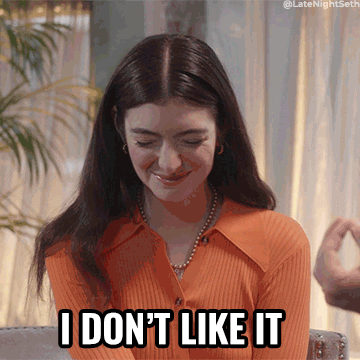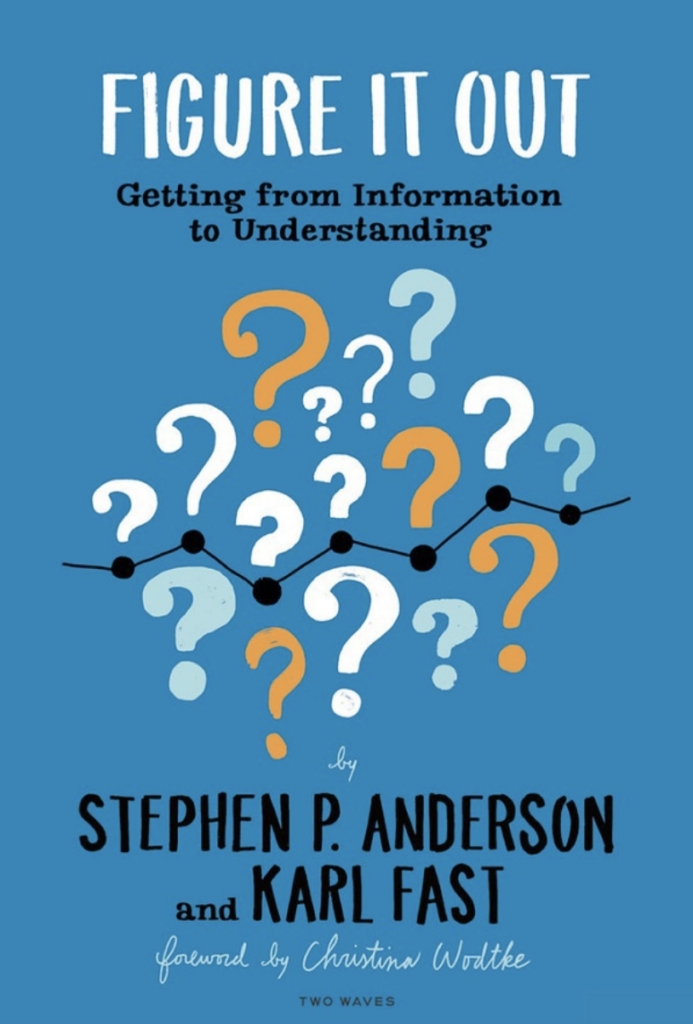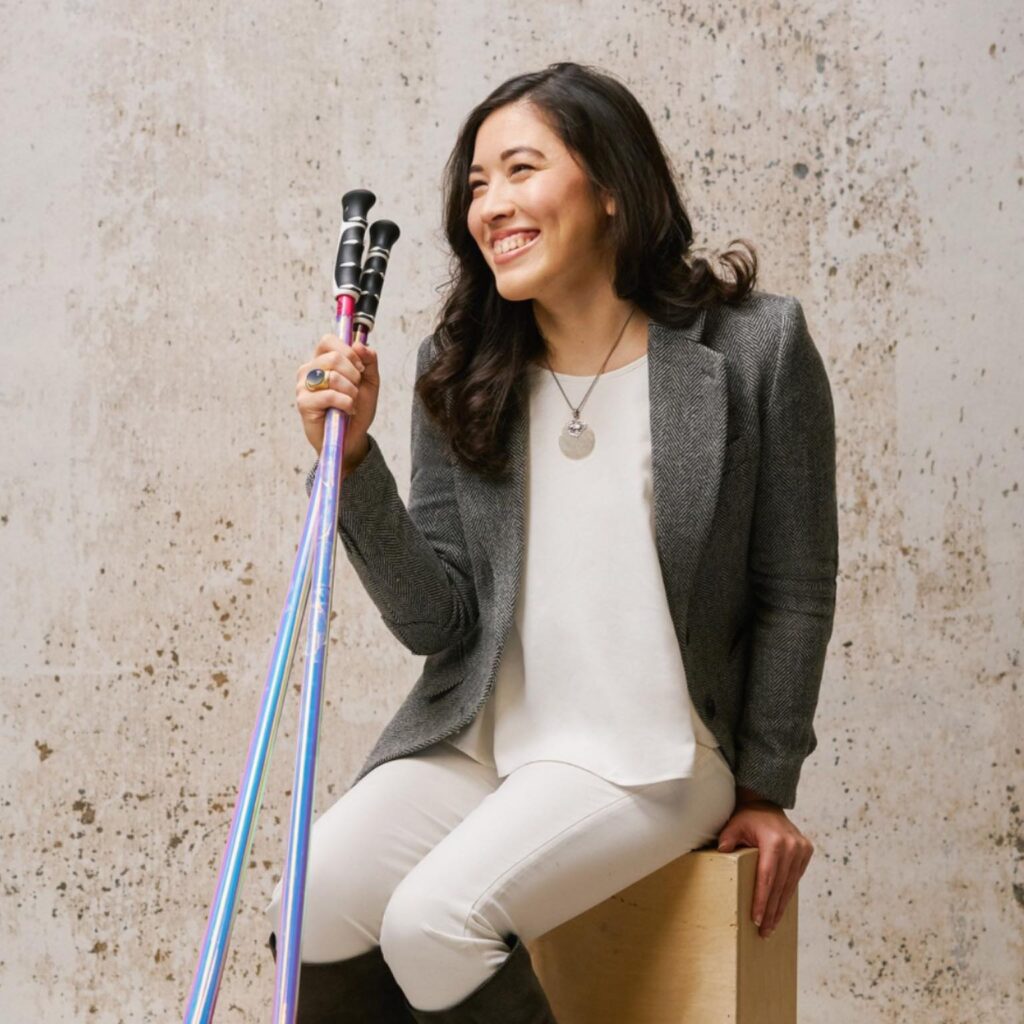When I worked in communications, there was a common refrain in visual communication.
“Can you just . . . make it pretty?”
It didn’t matter if I was putting together a monthly newsletter or crafting a social media post — I would usually receive this kind of feedback on any project.
And it mainly came from well-meaning managers and colleagues who weren’t professional communicators.
It was pretty unclear advice.
How could I act on it? 🤔
Change the font? Add a hot pink background? Sprinkle in some images of cute kittens?
No matter what, I always left those moments of feedback with one big question on my mind:
What does “make it pretty” really mean?

Well, good news, my fellow communicators.
Kyla Sims, Principal Audience Engagement Manager at Staffbase — and all-around superstar content creator — dug into this topic for the Infernal Communication podcast.
The episode (you guessed it) is called Make It Pretty.
Kyla got me thinking: how can internal communicators act on vague requests like “Make it pretty”?
Here are three ways:
1. When it comes to visual communication, ask for specific feedback
Let’s take a look at intent.
When your colleagues provide feedback, they intend to improve your communications.
That might look like making your internal newsletter or intranet page more eye-catching so employees will actually read the content.
Whatever the case may be, it’s important to recognize that aesthetic preferences are subjective.
Some people love wearing the color yellow. Others can’t stand it. Just as everyone will have an opinion on fashion choices, they’ll also have a different opinion on what makes visual communication compelling or attractive.

There are some universal design standards, too, that can help you better translate the “make it pretty” request.
Stephen P. Anderson, Director of Design Strategy at MURAL and author of Figure It Out: Getting from Information to Understanding, talks about some of these standards on the Infernal Communication podcast:
There are some timeless, universal human biology things that affect what we think is attractive. So symmetry is one of those things. Or following the rule of thirds in photography. And when something doesn’t follow those, it can feel off or off-putting."
The design principles that Stephen talks about — symmetry and the rule of thirds — can guide how you design and present your content. They’re compelling ways of displaying visual information. And when these principles aren't working, it can sometimes prompt a negative response.
So to make sure you understand your colleagues’ responses, ask for specific feedback.

For example, what’s not working in your internal newsletter design? Should you add more white space to make sure one section is more symmetrical? Should you break up the text so that it’s easier to read? Maybe change a button size or call-to-action so that it’s more noticeable?
By asking direct questions like these, you’ll get tangible feedback that you can act on and encourage your colleagues to think beyond “make it pretty.”
2. Keep usability in mind
Good design is crucial to communication.
Visuals influence human comprehension and decision-making more than any other factor. And attractive designs work better to convey complex ideas, influence cognition and decision-making, and improve usability.
This is known as the aesthetic-usability effect — the idea that designs that look good also work well.
Stephen points out that sometimes when someone asks you to “make it pretty,” it’s not only about attractiveness. It’s also about usability. He emphasizes this when talking about product design:
Sometimes what people will put in the bucket of just ‘making it pretty’ is actually about making it more understandable or usable, so people can recognize what it is and interact with it the way they should… Things that we find enjoyable, we find easier to use and more efficient."
Let’s say you’re in the middle of redesigning your intranet.
You want to do more than “make it pretty” — you want to make sure your intranet is also a usable platform that will help your employees find the information they need, wherever they’re working from. To achieve this, especially if your organization has frontline workers who aren’t in an office, you might also want to consider an employee app so that they can easily access your content.

Ask your team: What is the more efficient way for your employees to stay informed? And how can visual design complement your content to create an easy-to-use, enjoyable experience?
When you consider these questions around usability, you’ll re-center any feedback you receive on what really matters: your employees’ experience with your content.
3. Define what "pretty" even means
Even though each person will have their own preferences when it comes to visual communication, there is still an opportunity to challenge our assumptions.
What is “pretty” anyway?
And this question doesn’t just apply to fonts and background colors — it also applies to how people are depicted and represented in visual communication.
On the podcast, Xian Horn (a beauty and disability advocate and founder of the non-profit Give Beauty Wings) challenges companies to reassess what makes something “pretty,” in particular, how people are depicted and represented in visual communication:
First of all . . . what is pretty? I think that each company, each culture, needs to define what that is or just throw it out.
But there isn’t a monoculture — it’s never the case. It’s just what we see and what we’ve seen represented only represents a small number of people. And we have taken that to be the majority of what is considered pretty or beautiful or aesthetically pleasing.
Now, if you want to say ‘keep it on brand’ or you know what your brand is, that’s one thing. Or maybe [the feedback is] ‘make it inclusive’ [instead of ‘make it pretty’]."
As communicators, we work with stock images . . . a lot. And it’s important to consider that inclusive images — showcasing diverse backgrounds, gender identities, and different abilities — should also be prioritized when we think about visual communication.

When you receive feedback to make your piece of communication “pretty,” clarify with your colleagues: what is considered "pretty" by your brand? Are there established norms around beauty in your organization?
That discussion can then spark deeper, meaningful conversations about visual guidelines at your company. How will you incorporate inclusivity into your internal comms strategy? And how can you make sure that this representation isn’t performative, but meaningful?
Your visual communication has an impact
I’m going to propose a call to arms.
Let’s retire “Make it pretty.”
Instead, let’s focus on making our visual communication powerful.
As a comms pro, you have the opportunity to influence how people interact with and perceive content. And that’s significant to shaping your company’s overall employee experience.
How can your team go beyond the surface to create pieces of communication that marry form with function, make your employees’ jobs easier, and challenge the status quo?
It’s not an easy task, but if you ask these questions, you’ll receive valuable, actionable feedback that will only make your comms more impactful.
Take that, “make it pretty.”

If you want more comms insights like these and you love cutting-edge audio storytelling, make sure to subscribe to the Infernal Communication podcast. In each episode, Kyla will dig deep into the ups and downs of internal comms, featuring fresh interviews with authors, scientists, and more!
And connect with us in Comms-unity, our global Slack group for communicators — we’d love to hear how you work with your colleagues’ feedback to make your comms shine.




